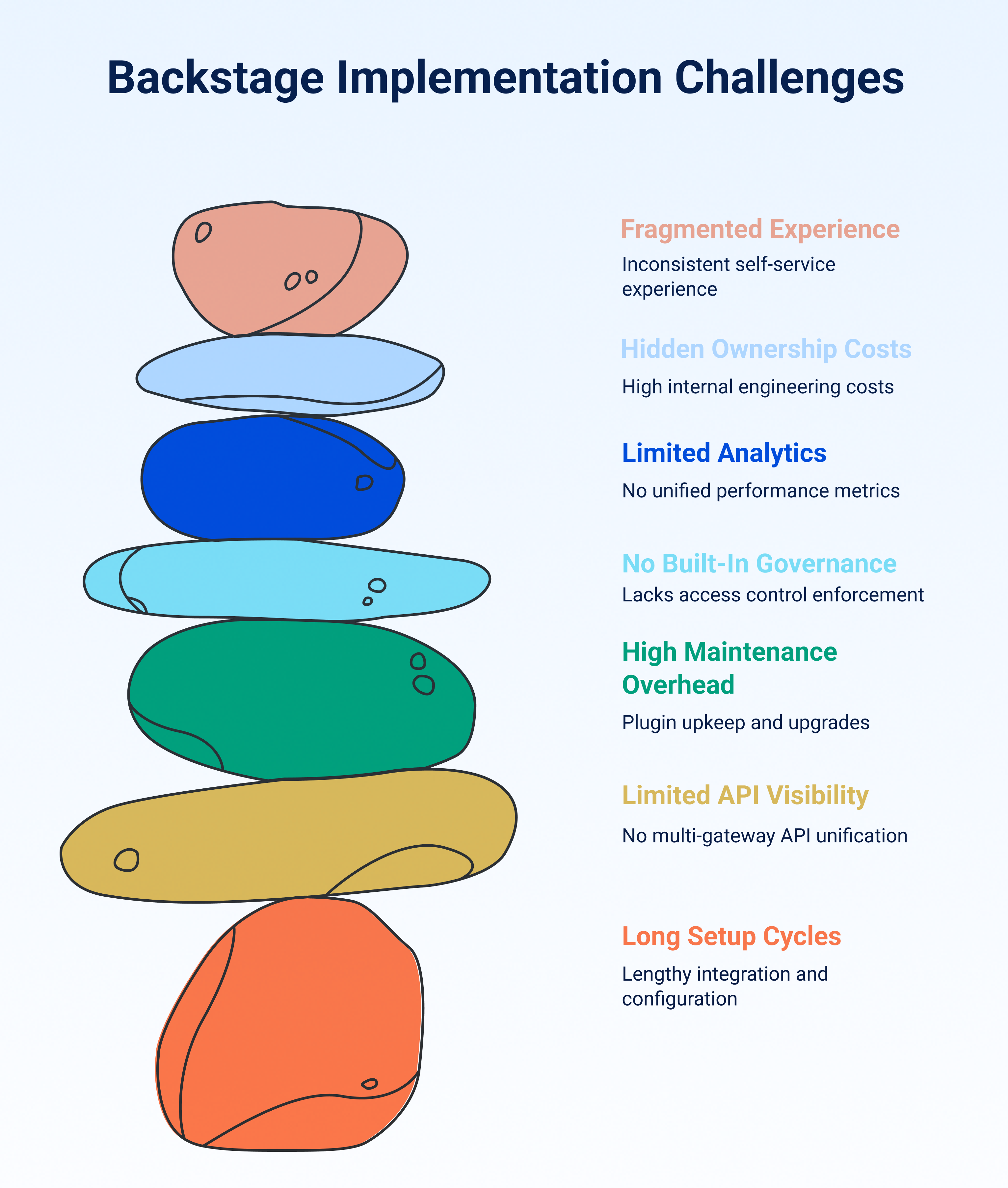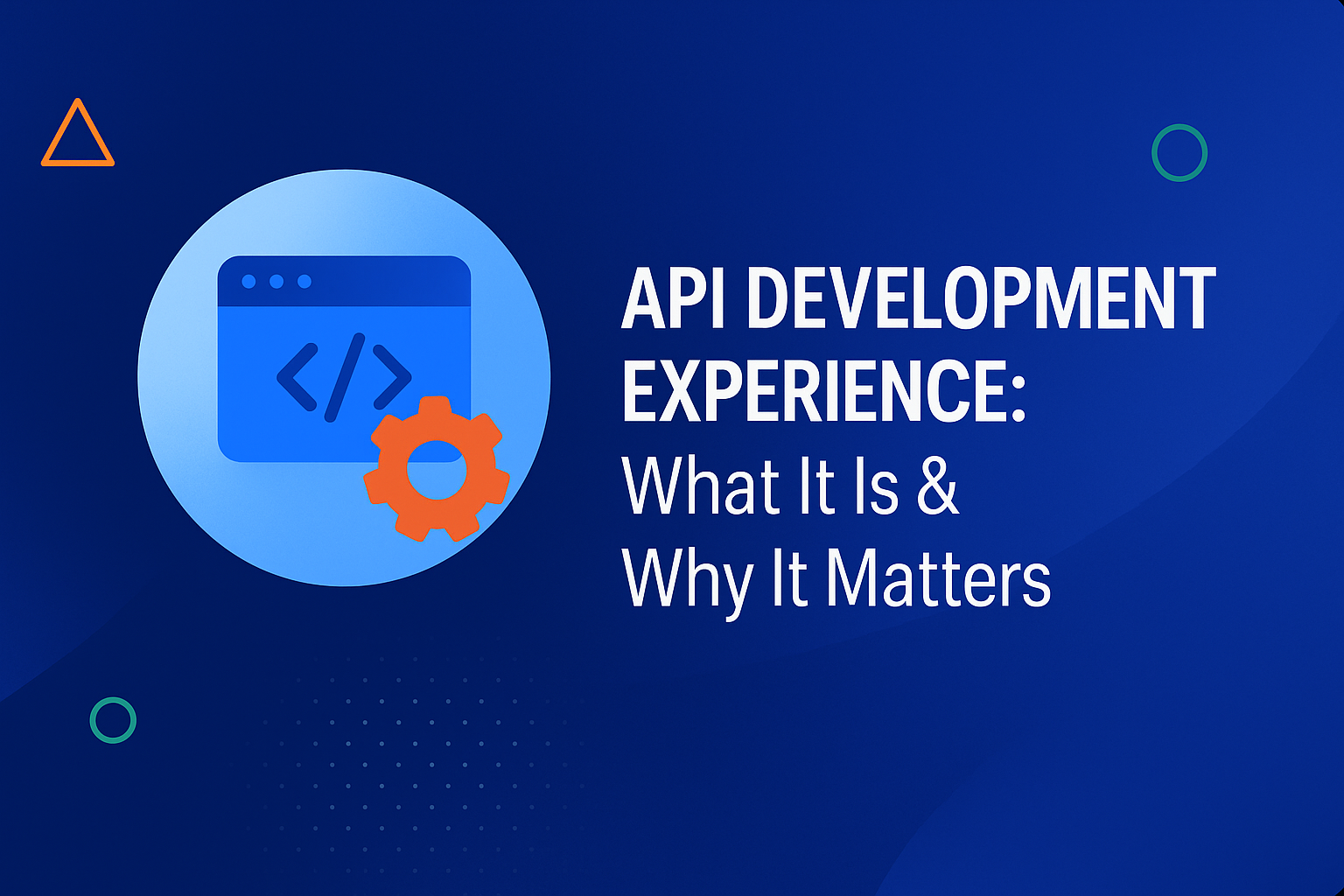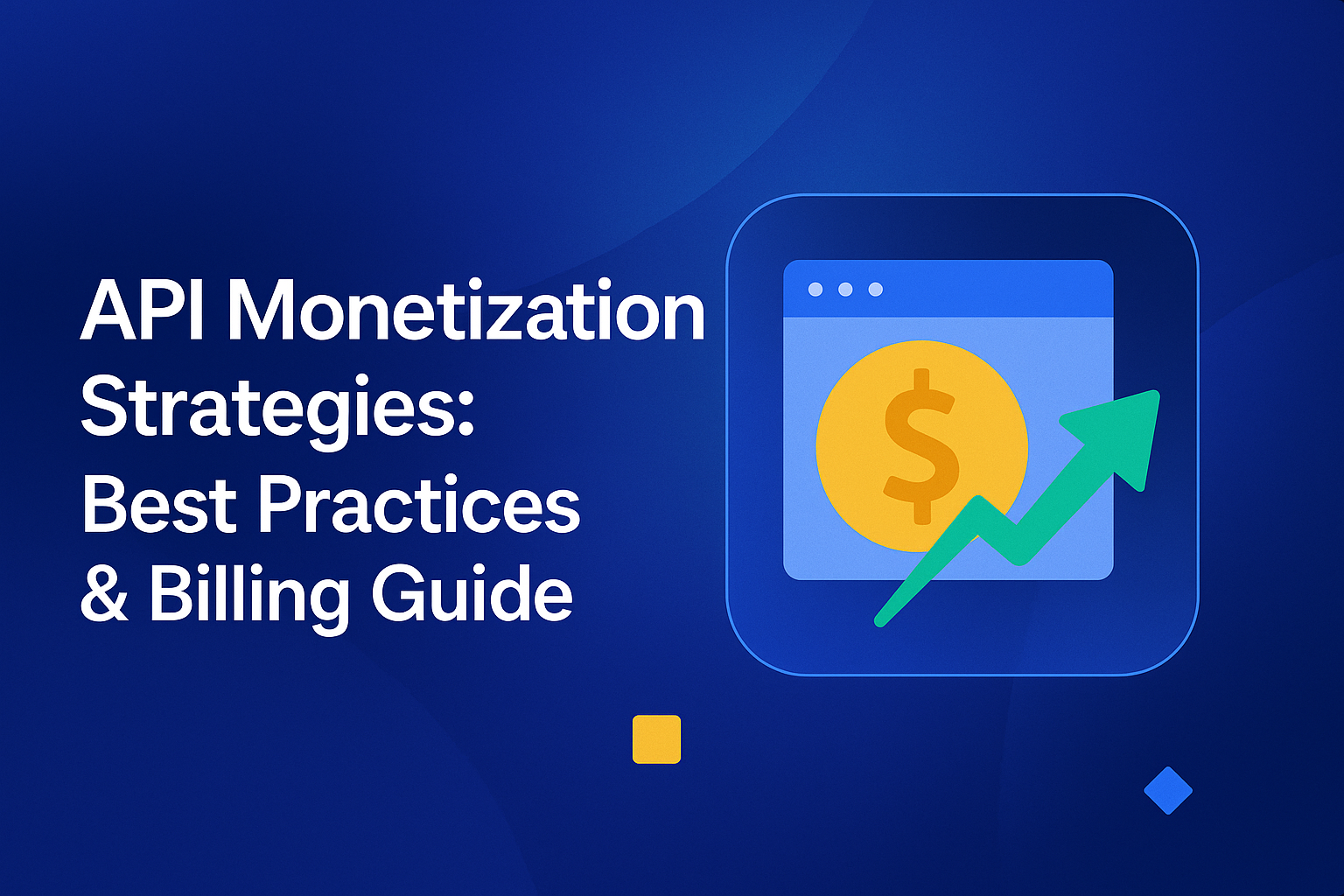Alternatives
Why should you choose DigitalAPI’s developer portal as a Backstage alternative?
Updated on:

TL;DR
The idea behind building Backstage was great, but it demands constant engineering to stay functional. DigitalAPI turns that concept into an enterprise-ready reality, governed, unified, analytics-driven, and instantly usable at a fraction of the cost.
1. Backstage takes months to set up, while DigitalAPI works out of the box, deploy, connect gateways, and go live in days.
2. DigitalAPI's developer portal unifies APIs across multiple gateways including Apigee, MuleSoft, Kong, AWS, and more.
3. DigitalAPI comes with RBAC, SLAs, and compliance workflows, no custom coding needed.
4. You get full-stack insights across all gateways without external integrations or plugins
5. It is fully managed, always up to date, with predictable pricing and no infrastructure overhead.
Get started with DigitalAPI’s developer portal today!
In March 2020, Spotify launched Backstage to bring order to the chaos of modern engineering, too many services, scattered docs, and no central ownership. But as enterprises expanded into multi-gateway API ecosystems, this DIY model showed limits. Teams needed more than visibility; they needed governance, analytics, and compliance.
That’s where DigitalAPI.ai’s Developer Portal changes the equation. Instead of asking enterprises to build their own platform like Backstage, it offers a ready-to-use, multi-gateway, governed environment that does all the heavy lifting, without the engineering drag.
In this blog, we’ll break down where Backstage fits, where it falls short for large API estates, and why DigitalAPI’s portal delivers faster value, lower cost of ownership, and a unified experience your developers (and compliance teams) will actually thank you for.
What is Backstage by Spotify?
Backstage began as an internal developer portal at Spotify, designed to solve a very specific problem: engineering fragmentation. As Spotify’s teams and microservices exploded in number, developers struggled to answer simple questions: What services exist? Who owns them? Where are the docs?
To fix that, Spotify built Backstage as a single interface for all internal software assets. It later open-sourced the framework, allowing other organisations to build their own developer portals on top of it. At its core, Backstage is a plugin-based framework, not a turnkey product. It provides the building blocks for teams to design, deploy, and maintain an internal developer portal that fits their environment.
The most commonly used modules include:
- Software Catalog: A central registry for services, APIs, libraries, and ownership metadata.
- TechDocs: Documentation-as-code that renders Markdown files directly from repositories.
- Software Templates (Scaffolder): Blueprints that automate service creation to enforce “golden paths.”
- Plugins & Integrations: Extensible modules that connect Backstage to Kubernetes, CI/CD tools, or custom systems.
Top challenges of choosing Backstage to build your developer portal

Backstage gives teams immense flexibility, but that freedom comes at a cost. The moment you move from a proof of concept to a production-grade portal, the engineering overhead becomes clear. For most enterprises, the biggest challenges aren’t technical gaps, but time, governance, and long-term maintainability, because Backstage is not a portal but a framework to build one.
- Long setup and integration cycles: Getting Backstage production-ready often takes months. Every integration, from CI/CD to SSO, must be wired manually. Enterprises with multiple gateways or identity systems quickly face diminishing returns.
- Lack of multi-gateway visibility: Backstage’s catalog was designed for internal services, not APIs distributed across Apigee, Kong, MuleSoft, or AWS. It doesn’t unify APIs from different gateways, leaving developers switching contexts across tools.
- Ongoing maintenance and plugin upkeep: Backstage upgrades are frequent, and each plugin dependency can break with new releases. Organisations end up dedicating full-time engineers just to maintain version parity and fix plugin drift.
- No built-in governance or access control: Out of the box, there’s no way to enforce RBAC, SLAs, quotas, or compliance standards. These must be built from scratch, which slows audits and increases operational risk.
- Limited analytics and observability: Backstage doesn’t provide unified performance metrics or API usage insights. Teams must connect external tools or write custom dashboards to understand adoption, latency, and errors.
- Hidden total cost of ownership: While open source sounds free, the internal cost of engineering time, infrastructure, and ongoing support often exceeds that of managed enterprise portals like DigitalAPI.
- Fragmented developer experience: Without consistent onboarding flows or a unified self-serve experience, Backstage often becomes a link directory rather than a true platform that accelerates API adoption.
Who is Backstage for?
Backstage is best suited for engineering-centric organisations that want to build their own developer experience rather than buy one. It was designed for companies like Spotify, Netflix, or DoorDash, those with large platform engineering teams, hundreds of microservices, and the bandwidth to maintain custom internal tools.
You should consider Backstage if:
- You have a dedicated platform engineering team with React, TypeScript, and backend expertise.
- Your primary need is to catalogue internal services (microservices, libraries, pipelines), not to manage external APIs or multi-gateway estates.
- You’re comfortable investing months to reach production stability and ongoing maintenance.
However, for enterprises operating across multiple API gateways, regulated environments, or partner ecosystems, Backstage often becomes too open-ended. The flexibility that makes it powerful for tech-first companies can translate into delays, high upkeep, and inconsistent governance for banks, insurers, or large digital platforms.
DigitalAPI as a Backstage alternative: Head-to-Head comparison
Here’s the head-to-head comparison table written for clarity, SEO optimisation, and immediate readability, ideal for inclusion directly in the blog:
PS: Backstage gives you the tools to build a developer portal; DigitalAPI gives you the platform to run one.
.png)
Why is DigitalAPI’s developer portal a smarter choice over Backstage?
For most enterprises, Backstage sounds attractive on paper: open source, flexible, and backed by Spotify’s engineering pedigree. But once implementation begins, reality sets in: building a developer portal from scratch is a long, expensive, and continuous engineering project.
DigitalAPI’s Developer Portal was designed to eliminate that problem entirely as a backstage alternative. It’s the enterprise evolution of what Backstage tried to achieve, delivering the same visibility and consistency, but without the hidden cost of building and maintaining it yourself.
Here’s why it’s the obvious choice:
- You get results in days, not quarters: Backstage’s setup demands quarters of frontend, backend, and plugin work before a single developer sees value. DigitalAPI is ready from day one; you deploy, connect your gateways, and your developers start discovering and subscribing to APIs immediately.
- You unify what Backstage can’t see: Backstage stops at your code and microservices. DigitalAPI unifies APIs across Apigee, MuleSoft, Kong, AWS Gateway, and others, offering a single searchable catalogue that reflects your entire API estate, not just what lives in Git.
- Governance isn’t an afterthought: Backstage gives you metadata; DigitalAPI gives you governance. It comes with built-in RBAC, SLA enforcement, audit trails, and compliance workflows, the kind of enterprise controls you’d otherwise have to develop and maintain yourself.
- You see what’s happening, everywhere: While Backstage requires third-party tools for analytics, DigitalAPI includes in-depth analytics, giving you unified performance, usage, and error insights across all gateways, out of the box. One dashboard replaces five.
- You stop maintaining infrastructure: Every Backstage upgrade or plugin dependency can break something. DigitalAPI is fully managed, continuously updated, and backed by SLAs. Your team doesn’t waste time fixing its own tools; they focus on building and scaling APIs.
- Designed for enterprises, not experiments: Spotify built Backstage for internal use; DigitalAPI built its portal for banks, telcos, and large digital enterprises that need security, compliance, and scalability from day one.
- Lower total cost, higher velocity: When you add up developer hours, infra management, and maintenance, the cost of Backstage quickly surpasses any managed solution. DigitalAPI gives you a predictable cost model with faster ROI and immediate developer adoption.
Final Thoughts
For most enterprises, the choice is clear. You don’t need another framework to assemble, patch, and maintain; you need a developer portal that works from day one.
DigitalAPI’s developer portal is purpose-built as a strong backstage alternative for that reality. It gives you instant visibility across all your gateways, enforces governance and access control automatically, delivers unified analytics, and empowers developers to discover and consume APIs without friction, all from a single, managed platform.
No plugins to maintain, upgrade cycles to survive, or hidden engineering costs! Just a ready-to-use, enterprise-grade portal that accelerates adoption, simplifies compliance, and scales effortlessly with your API estate.
So, what are you waiting for? Get started with DigitalAPI’s developer portal today!
You’ve spent years battling your API problem. Give us 60 minutes to show you the solution.
.svg)







